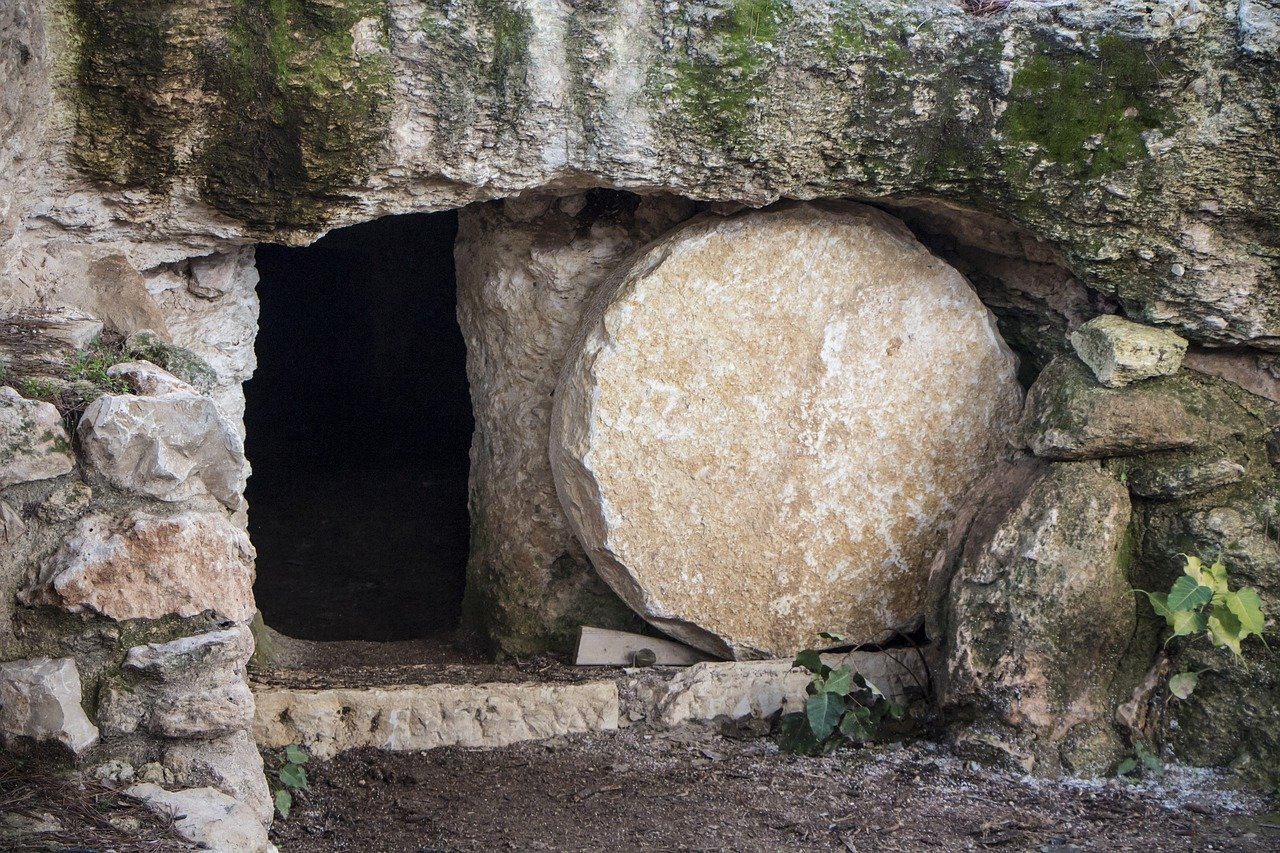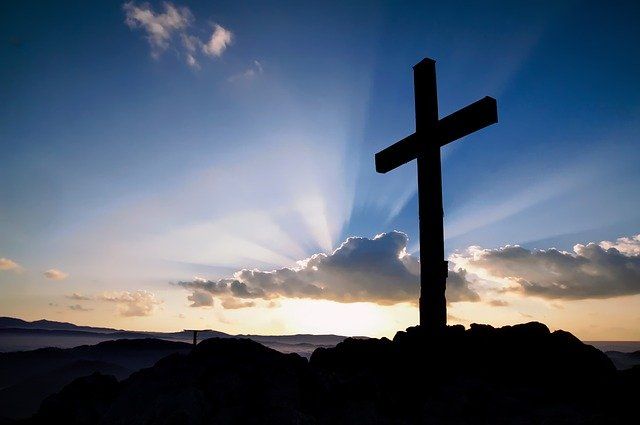
There are a number of things in this portion of Scripture that, with the Spirit’s blessing, give true comfort, and peace of mind and heart, to the believer.
The first is Christ’s command to look on him – ‘Behold’. The disciples had often looked on him during his three years of earthly ministry, yet he now commands them to behold him afresh, as the crucified and risen Saviour.
No ‘looking to Christ’ is complete unless, by faith, we see him as just that. It is not enough to see Jesus as a man who lived on earth. We must see and know him as the Christ crucified for our offences and raised again for our justification (Romans 4:25).
The second source of comfort is Christ’s physical body – ‘my hands and my feet’. Here is proof of his humanity as well as his resurrection. He took on a body, that he might identify with sinners whom God the Father gave him that he might save them.
He laid down his life in payment for their sin, and now he points to his hands and feet, pierced by the nails of the cross, as proof that it is he himself, and not another, who stands before them.

Substitute and Saviour
To the eye of faith, those wounds speak volumes. The pierced hands and feet reveal Jesus, firstly, as the Substitute. God became a man and identified with his people in their sin, bearing it in his own body on the tree (1 Peter 2:24).
The pierced hands and feet testify, secondly, that Christ is our great High Priest, touched with the feeling of the infirmities of his people, tempted in all things, yet without sin (Hebrews 4:15).
Thirdly, the pierced hands and feet proclaim him as the victorious Saviour. The man who now stands before them is the very same person, with the same flesh and blood, who had recently hung upon the cross and been buried.
No greater love
He says: ‘Handle me, and see’. He died in weakness, and rose again in power. His rising again is proof that he atoned for the sin of his people, and that God the holy Father is satisfied.
Lastly, the pierced hands and feet reveal a loving God: ‘Greater love hath no man than this, that a man lay down his life for his friends’ (John 15:13).
This he did, but he was no mere man! He was the incarnate Creator of the world he came to save. An anonymous poem says it all:
His fingers formed the bough that grew the thorns with which they crowned his brow;
The nails that pierced his hands were mined in secret places he designed;
He made the forest whence there sprung the tree on which his body hung;
He died upon a cross of wood yet made the hill on which it stood;
The sun that hid from him its face, by his own hand was hung in space;
The sky that darkened o’er his head, by him above the world was spread;
The spear that shed his precious blood was tempered in the fires of God;
The grave in which his form was laid was hewn in rocks his hand had made.




